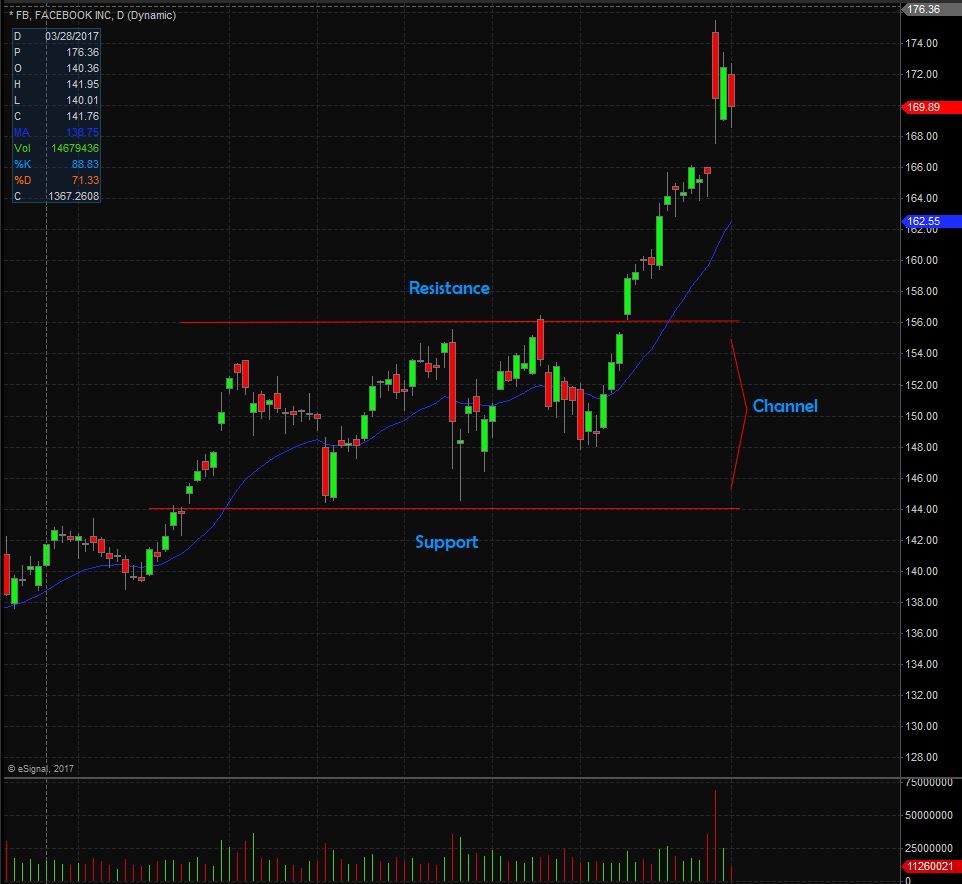
What is a Channel pattern?
It is described as a price movement which utilizes support and resistance to validate what will happen in the future. As a form of trading, it capitalizes on the market tendencies to trend. This is one of the most powerful trading tools that combines different technical analysis indicators finally providing traders with precise information that helps to initiate buying or selling, put stop loss and take profit levels among others.
The Channel pattern is very popular with market technicians because it is quite easy to recognize. Furthermore, it allows traders to plan a strategy especially if one is able to identify the indicators.
Understanding the Channel Pattern
When it comes to technical analysis, the Channel pattern is described as the area located between two parallel trend lines. This area is taken as a measure of a trading range. In this case, the upper trend line connects price highs while the lower trend line connects price lows. When it comes to breakout points, they help to indicate bullish or bearish signals.
The pattern is very useful for short to medium term trading which makes it unsuitable for long term investing. Channel trading works on stocks that have a medium volatility which in turn determines the profit per trade. This pattern has been found to work best when combined with other strategies.
Types of Channel patterns
Ascending channel
It is the price action found between upward slopping parallel lines. In trading, higher pivot highs and higher pivot lows help to indicate an uptrend. As said earlier, the channel is located between two parallel trend lines.
In ascending channel, the trend lines help to frame out the price channel by positioning the upper trend line on pivot highs and the lower trend line on pivot lows. As a result, support and resistance areas for price targets are revealed. In trading, a higher high helps to signal continuation while a lower low signals a trend change.
In the Ascending channel, a trader can swing trade or trend trade from support to resistance and back again to support. If you are planning to trade in an uptrend, use the lower trend line located on pivot lows and finally, add a channel line parallel to it thus completing the formation.
Descending channel
This is the price action found within two downward sloping parallel lines. In a descending channel, the lower pivot highs and lower pivot lows provide a bearish signal. As a result, a trade is entered at the trend line and exited via the channel line.
When it comes to a lower low usually located below a descending channel, it signals a continuation while a higher high above the low of an ascending channel helps to indicate a trend change.
Horizontal channel
A horizontal channel forms a rectangular pattern usually located between two parallel trend lines connected from variable pivot highs and lows. In this situation, the buying and selling pressure are equal plus the prevailing direction of prices moves sideways which only happens within a price consolidation period.
How to create a channel
Creating a channel is very easy especially when you utilize the following steps:
Step One
Start by locating a relative high and low in the past form where the channel begins.
Step Two
Proceed by locating a subsequent high and low that is characterized by one of the following patterns
i. Ascending channel – higher high and higher low
ii. Descending channel – lower low and lower high
iii. Horizontal channel – horizontal highs and lows
Step Three
Now that you have located the points, draw two trendlines. One line should connect two highs while the other should connect two lows. In the end, you should have two near parallel lines.
Step Four
Your basic channel has now been formed. Here you will note at least two contact points with the upper channel as well as two points for the lower channel. It is important to know that more contact points help to improve the channel’s reliability.
Final thoughts
Channel trading is one of the best tools that help traders determine the exact points where buy and sell orders can be made. This is the same with creating stop loss and take profit points. Thanks to the pattern’s usefulness, it is very valuable to traders.


